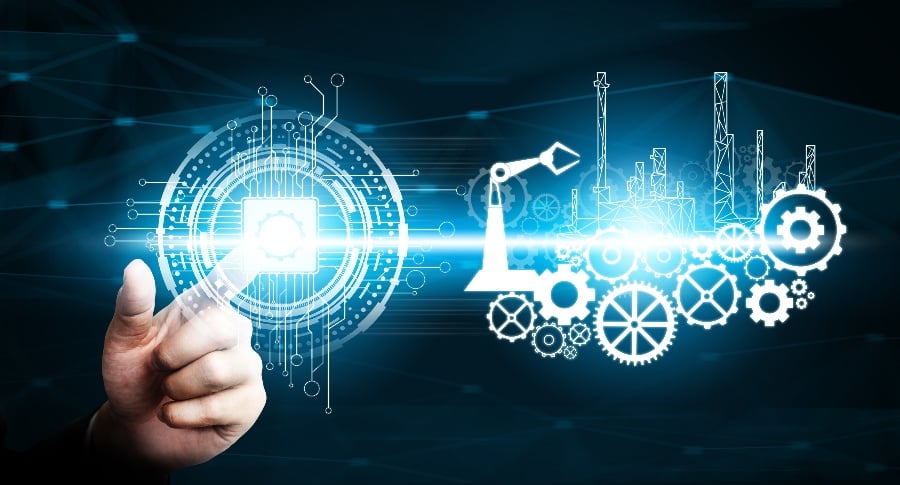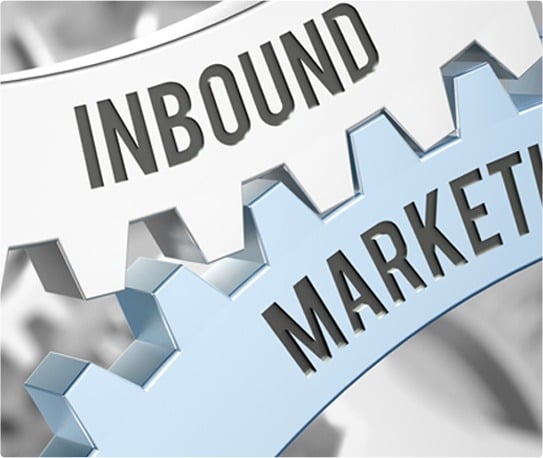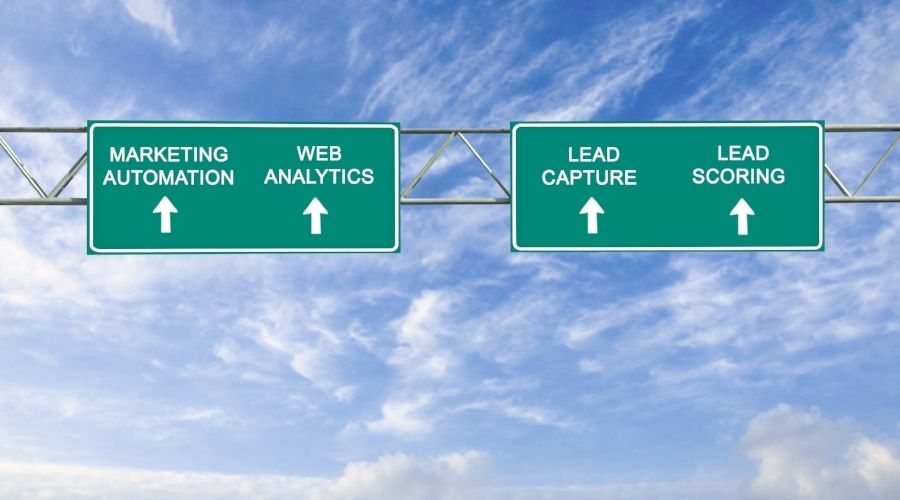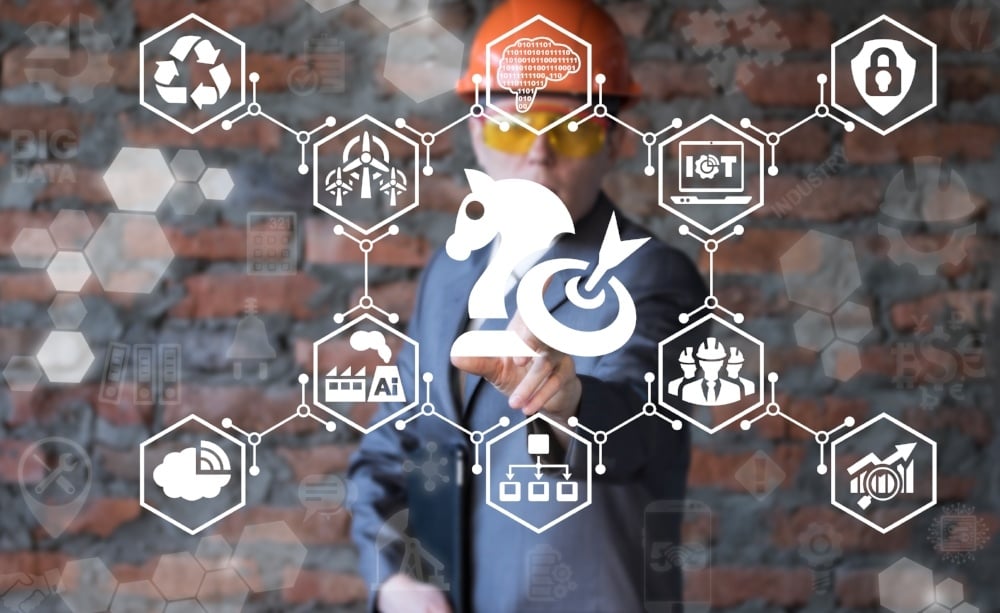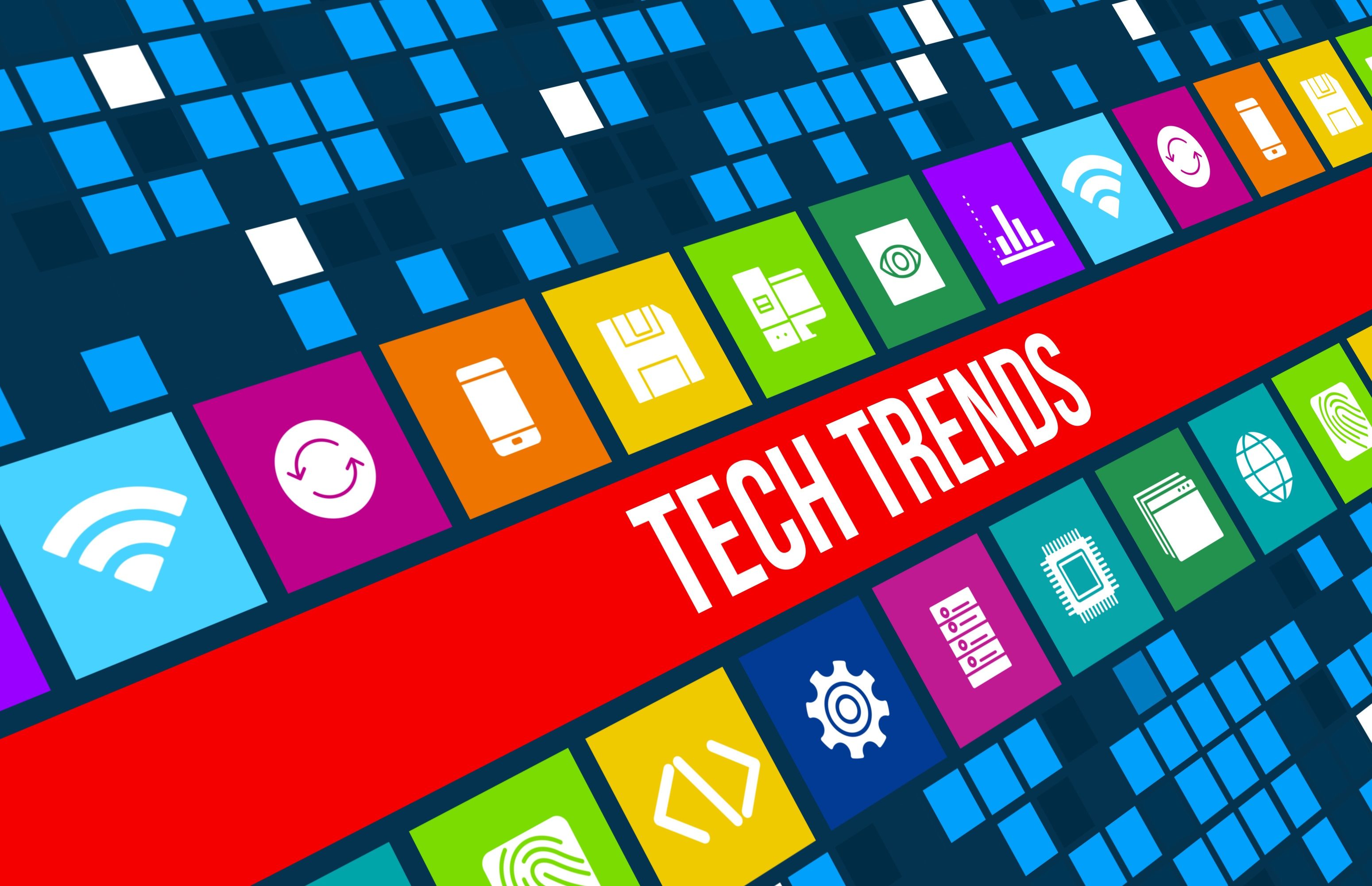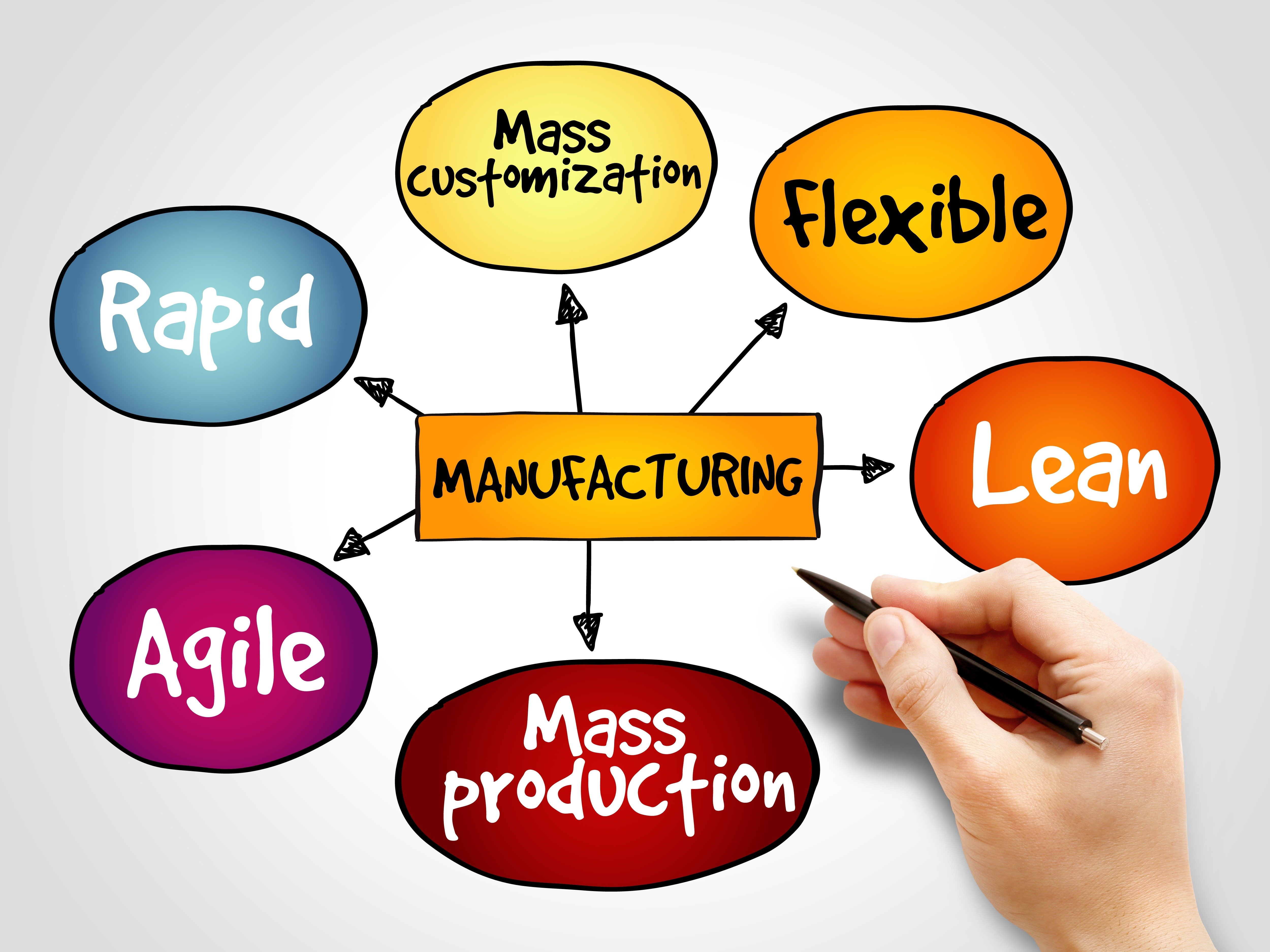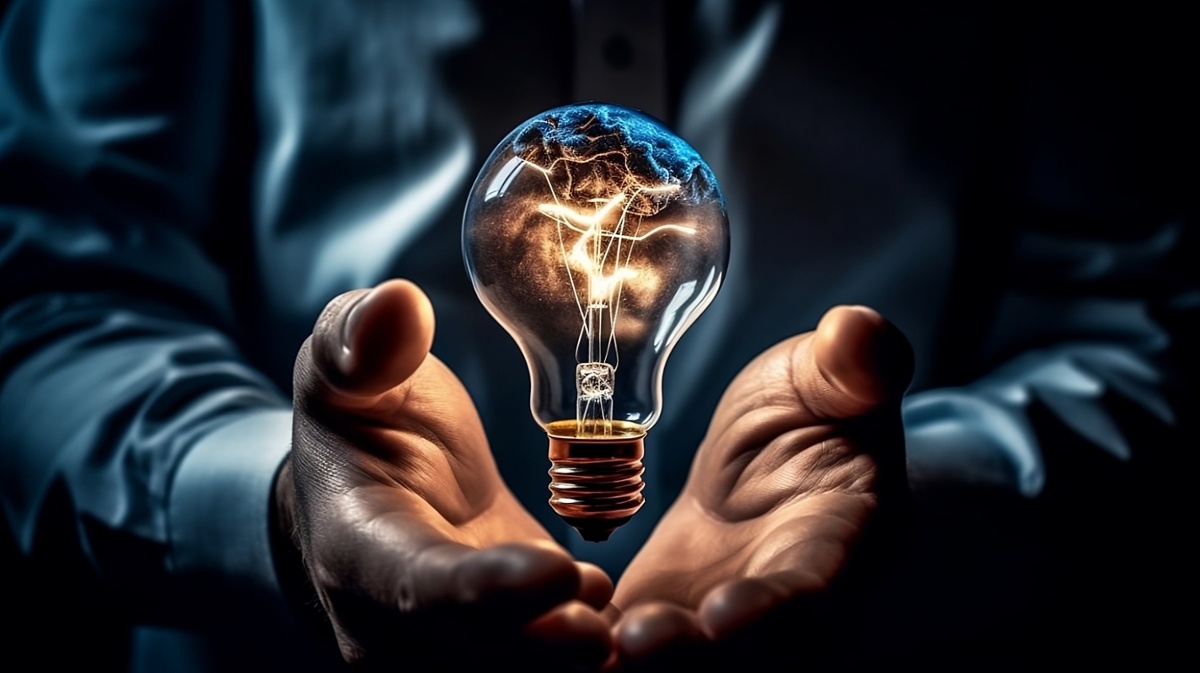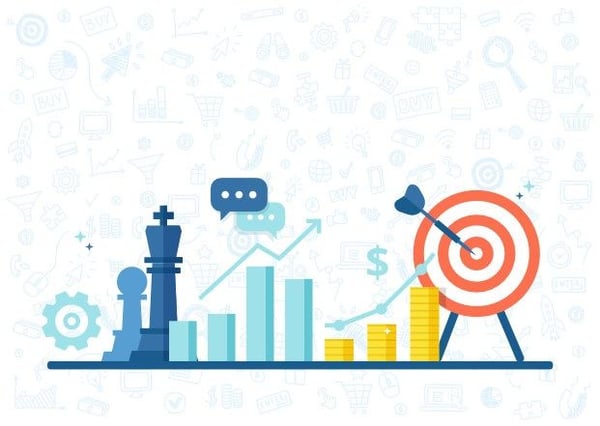
In recent years, sales funnels have become a core concept of successful marketing automation in the digital marketing industry. Well-executed sales funnels have helped some of today’s largest startups to go from virtually unknown to powerhouses in their industries.
If you aren’t familiar with what a marketing funnel is, start by imagining a real-world funnel that you might use to put oil in your car. The top of the funnel is wide, and the base of the funnel is smaller to help direct the liquid into the container.
In the context of a website, marketing funnel automation is used to funnel visitors into your sales process and eventually make the sale by nurturing them through the buying process. At the top of the funnel are the many visitors to your website.
Over time, those visitors are filtered through the funnel and delivered marketing messaging that slow-walks them through the nurturing process toward the sale.
Sales funnel automation is a multi-step process. There are many things that need to happen to ensure that your leads are aware enough of your company and product to make a purchase.
It takes time for your prospects to be aware enough to ever enter the funnel, let alone purchase your product.
During the nurturing process in marketing funnel automation, lead warming email sequences are delivered.
These typically include valuable content, tutorials, webinars, and eventually — sales materials for your product.
The nurturing process gives your company the ability to develop a relationship and build rapport with your product.
The strategies behind automated sales funnels draw directly from buyer psychology.
They walk leads through the psychological processes that the average buyer goes through to go from having a small interest in your product to being an active participant and buyer.
Let’s take a look at the different stages that leads are taken through while they go through automated sales processes:
Marketing Funnel Stage 1: Awareness
Source: Powered By Search
The first and most important part of the marketing funnel sales process is the awareness stage. To get to the end of the funnel, your leads and prospects have to actually enter the funnel in the first place.
There are a variety of ways that you can use automation to convince new leads to enter your funnel.
Some of the most common strategies include facilitating email newsletter signups by offering something of value — like an eBook, white paper, case study, or other lead magnets.
By the time prospects near the end your sales funnel, you want them to know that your product is the solution to the problem that they are looking to solve.
Up until that point, you have to get them interested and engaged with your marketing messages.
The process of getting them to sign up for your email list and enter your funnel is often referenced as the “awareness” stage, but the truth is that building awareness is something that continues for some time after they first enter the funnel.
It depends heavily on why they entered your funnel in the first place.
For instance, if they downloaded an eBook that is only tangentially related to your product, they may not be fully aware of what you have to offer.
This is something that takes place in the early stages of the funnel. In these stages, you aim to create a bond with prospects by delivering value and facilitating awareness.
Other prospects may enter your funnel with a solid understanding of your company, product, and industry and require less nurturing throughout.
Marketing Funnel Stage 2: Interest
After a prospect is aware of your company and product, then you begin to build interest.
In the second stage of the funnel, you weave storytelling into your messaging to help prospects connect with your brand on a deeper level.
You want them to connect on a more personal level. Sometimes, that means that you need to put a face to the name and share personal stories with your audience.
In this stage your goal is to really dig into your company, your products, and the helpful information that you are able to provide.
The “interest” stage is all about building a relationship with the prospects in your lead database and begin to introduce the positioning for your product.
In this stage, continue to deliver new content to your prospects on a regular basis. This content doesn’t have to be custom-crafted for prospects in this stage.
You can go back through previous emails and blog content to find interest-driving content that would fit well in this stage.
Marketing Funnel Stage 3: Desire
Next comes the decision-making process. Prospects are aware of your company, the products you offer, and how they can help them to solve the problem that they are currently having.
This is where you want to start sending the more transparent sales materials to influence their decision-making process.
A few of the common types of content and strategies employed in this stage of the marketing funnel include:
- Customer testimonials and reviews. Social proof plays a huge role in the decision-making process. Delivering customer testimonials and reviews can be a great way to show prospects that similar companies have used your product to solve a business problem. Product reviews can help them to better understand your product and how it can be applied to their situation.
- Case studies. Along the same lines as testimonials and reviews, case studies give you the opportunity to deep-dive into an engagement with a client. You can spell out how you connected, how your product helped them with their problem, and highlight the results that were achieved.
- White papers. Give your leads insight into the technology or industry considerations that drive your product and your interaction with customers. White papers can be delivered at every stage of the marketing funnel automation process, but are particularly effective as customers start to make their buying decision.
- Retargeting ads. You want to stay top-of-mind while your customers make their decisions to buy. Using retargeting ads to stay in front of them on Google, Facebook, and other platforms while they do their daily browsing.
The content that you deliver during the desire stage plays a key role in whether they buy your product.
Ensuring that you have the right content on hand before designing your automated funnel is critical for delivering value in the right way during this stage.
Marketing Funnel Stage 4: Action
During this stage, you begin to make direct call to action requests and hard-sells for your product. This is where you ask the leads to take action.
Ultimately, your conversion rate in this stage provides direct insight into the effectiveness of your funnel as a whole. It’s the key metric used for optimizing your nurturing process and growing your revenue over time.
Once you’ve made the ask and delivered sales materials and calls to action to your audience, those that choose not to buy can be routed back to an earlier stage in the funnel. Some customers will require more nurturing than others.
Some might be willing to buy at an earlier stage in the process. The great thing about marketing automation is that it can identify these issues and handle the placement of your prospects within the funnel for you, based on their actions and interactions throughout the process.
RiseFuel is a marketing automation company that focuses on lead generation using the HubSpot marketing automation platform. Contact us to see a demo or to learn more.









